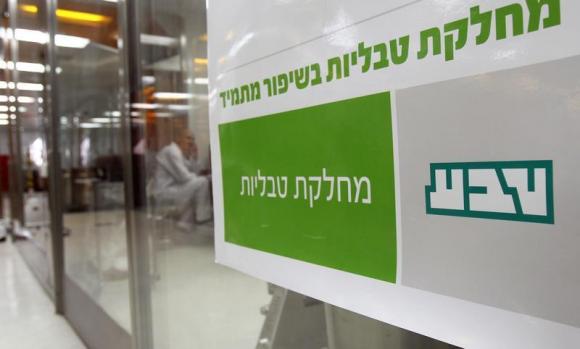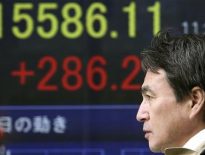(Reuters) – Teva Pharmaceutical Industries, the world’s biggest maker of generic drugs, estimates its pipeline of so-called new therapeutic entities (NTEs) could generate revenue of $1 billion to $1.5 billion by 2018.

This figure could jump to $3 billion in 2020, Elisabeth Kogan, Teva’s senior vice president of generic research and development, told reporters on Sunday.
NTEs are based on known molecules that are formulated, delivered or used in new ways to address unmet patient needs. The NTE program, launched a year ago, is a major element in Teva’s strategy for growth and the company has 15 such products in its pipeline.
One such product, called Adasuve, which it licensed from Alexza Pharmaceuticals, has been approved and is expected to be launched in the United States in about a month, Teva officials said. Adasuve is an inhaled therapy to control agitation in schizophrenic patients.
Kogan said the NTE process had significant returns at lower costs than the process for new chemical entities. NTEs take three to six years to develop, at a cost of $10 million to $50 million, compared with new drugs that take 10 to 15 years and $1 billion to $2 billion.
Teva’s strengths as both a generic drugmaker and specialty R&D company give it an advantage in the NTE market, Kogan said.
Israel-based Teva is bracing for a slump in sales of top-selling multiple sclerosis drug Copaxone, which is expected to face cheap generic competition from May 2014 or soon after.
Among the products in its NTE pipeline are four abuse-deterrent opioids. While opioids are widely used to treat pain, the prevalence of their abuse has quadrupled since 2009 in the United States, Kogan said.
By 2018, 51 percent of opioid sales in the United States will be abuse-deterrent products, amounting to $5 billion.
Teva is also developing a subcutaneous injection for schizophrenia that is administered once in three months to compete with the daily oral treatments many patients find difficulty in adhering to. The long-acting injectable market is expected to exceed $3 billion by 2017.
Other products in the pipeline are for glaucoma and Crohn’s disease.
(Reporting by Tova Cohen; editing by Andrew Roche)





